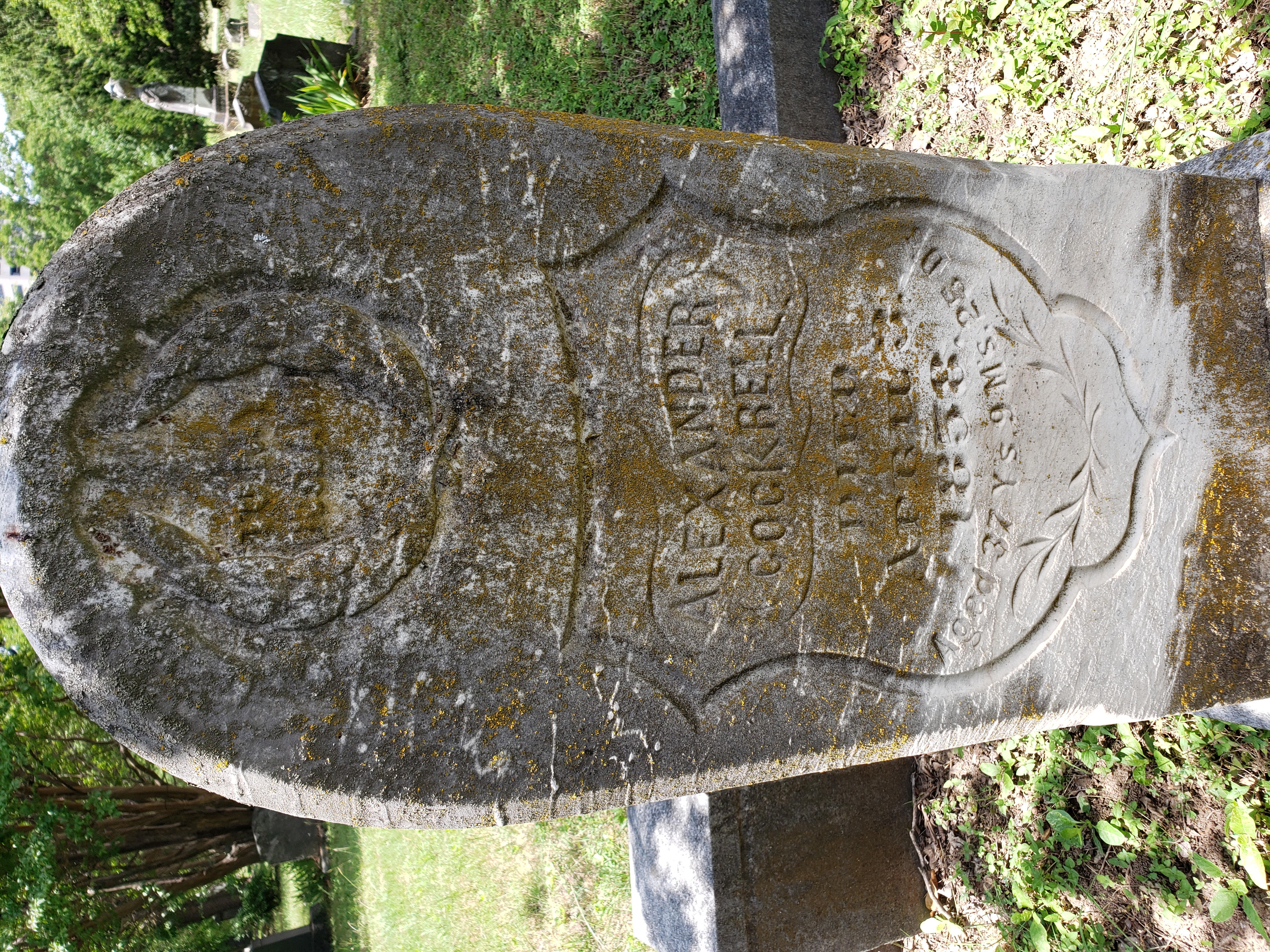John Neely Bryan, as you remember from our last installment, took off after shooting a man. The man survived, but Bryan Stayed gone for 6 years. He returned to Dallas briefly, but then enlisted in the Army for the Confederate side and fought for at least a year. But, he was discharged in 1862 for advanced age and poor health.
Upon his post-war return to Dallas, Bryan worked on many boards and organizations – education, railroads, flood relief, iron bridge construction – they were all in his wheelhouse. It appears he kept busy and productive for about 10 years, but by 1874, his mind was clearly impaired.
His family testified at his ‘lunacy hearing’; his son Edward stated the following: “his lucid intervals are very short, indeed only a few minutes at a time.” He “talks foolishly and sometimes becomes very furious and wants to fight. He sometimes tries to burn up his bed clothes and tries to get away,says this is not his home, tries to get through the walls of the house.” The court found in favor of the family and had John Neely Bryan committed to the State Lunatic Asylum in Austin (now the Austin State Hospital).
It is there that Bryan died 7 months later and was buried in an unmarked grave. A headstone dedicated to Bryan stand on the hospital grounds but it was placed there in 2006 – over an approximation of his original grave. There is also a memorial to him in Pioneer Park (Dallas).
Information taken from John Neely Bryan’s entry on Texas State Historical Association’s website and a Dallas News article, “Was the Founder of Dallas Really Buried in an Unmarked Grave at an Austin Lunatic Asylum?”



